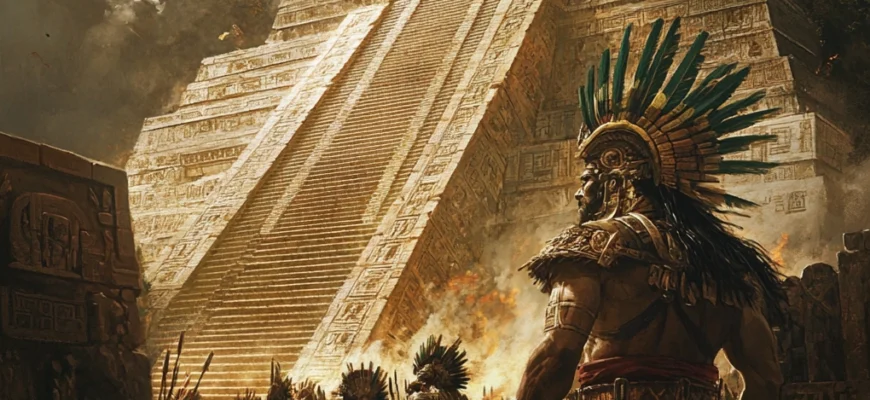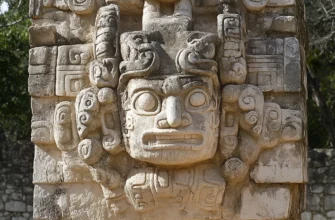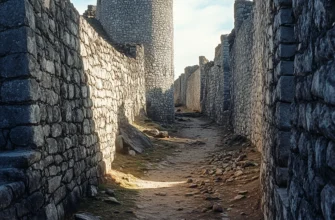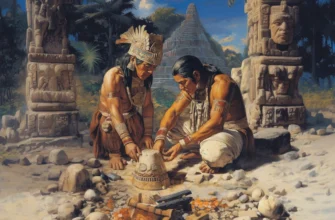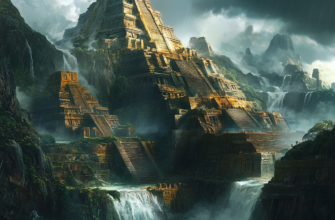The Aztec Empire rise is one of those “how’d they do that?” tales that keeps you up at night. From a ragtag bunch of nomads to rulers of Mesoamerica’s wildest powerhouse, the Aztecs turned the 14th and 15th centuries into their personal playground. We’re talking Tenochtitlan—a city on a lake that’d make your jaw drop—plus a mix of brains, blood, and some seriously good farming hacks. Let’s unpack how the Aztec Empire rise happened, with a hefty dose of science to back it up. Spoiler: it’s messy, brilliant, and a little terrifying.
- The Aztecs: From Nobodies to Big Shots
- Tenochtitlan, the Lake City Miracle
- Chinampas: Floating Farms That Fed a Nation
- War, Deals, and the Triple Alliance
- Blood and Tribute
- Religion and the Cosmic Hustle
- Temples and Tlaloc
- Ecology and the Edge of Collapse
- The Balancing Act
- Why the Aztec Empire Rise Still Hits
- The Big Wrap
The Aztecs: From Nobodies to Big Shots
Rewind to the 1200s. The Aztecs—aka the Mexica—were just another tribe kicking around central Mexico, dodging bigger players like the Tepanecs. Then, bam, by 1325 they’re staking out a swampy island in Lake Texcoco because a cactus-and-eagle vision told them to. That’s the Aztec Empire rise kicking off—gritty, weird, and fueled by prophecy.
“They saw an eagle on a cactus and said, ‘Yep, home sweet home.’ Ballsy move.”
—Some digger sifting through Texcoco mud
How’d they go from swamp-dwellers to running a 500-city empire by 1519? Three big pillars: city-building smarts, war-and-deals strategy, and a food system that’d make modern farmers jealous.
Tenochtitlan, the Lake City Miracle
Tenochtitlan wasn’t just a city—it was a freaking marvel. Built on a lake, it’s the heart of the Aztec Empire rise, and science backs up why it worked. Archaeologists say it housed 200,000 people at its peak—bigger than most European cities back then.
Chinampas: Floating Farms That Fed a Nation
The Aztecs turned muck into gold with chinampas—man-made islands of mud and reeds. These floating gardens pumped out maize, beans, and squash like nobody’s business. A 2021 study in Latin American Antiquity pegs chinampa yields at 4-6 tons per hectare—double what dryland farmers could dream of. That’s the Aztec Empire rise in calories: food surplus = more warriors, more builders, more power.
| Chinampa Fact | Why It’s Nuts |
|---|---|
| Size | 300 ft long, 15 ft wide—tiny but mighty |
| Output | 3-4 harvests a year |
| Tech | Canals for irrigation and fish |
Science Bit: Soil cores from Lake Texcoco show crazy nutrient levels—nitrogen and phosphorus from decaying plants. The Aztecs didn’t just luck out; they engineered a breadbasket.
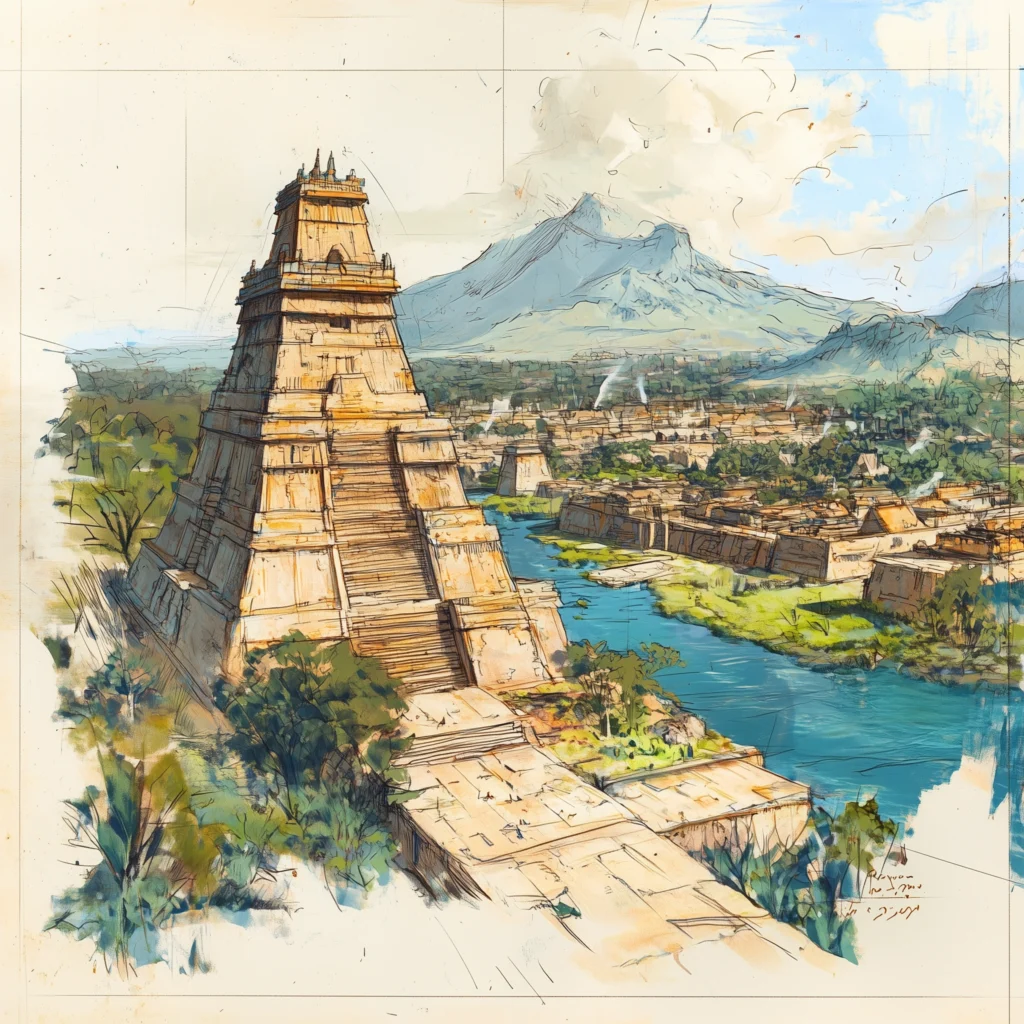
Image Spot: A chinampa sketch next to a Tenochtitlan map here—readers’ll geek out.
War, Deals, and the Triple Alliance
The Aztec Empire rise wasn’t all peaceful farming. They fought dirty and cut smart deals. By 1428, they’d teamed up with Texcoco and Tlacopan to form the Triple Alliance—think Mesoamerica’s power trio. Together, they steamrolled rivals and built an empire stretching from the Gulf to the Pacific.
Blood and Tribute
War wasn’t just for kicks—it was economics. Conquered cities paid up with maize, cotton, even human sacrifices for the gods. Anthropologist Ross Hassig crunched the numbers: by 1500, the Aztecs were raking in 7,000 tons of tribute yearly. That’s the Aztec Empire rise flexing muscle and math.
- Battles: Flower Wars—staged fights to grab captives.
- Allies: Texcoco brought brains, Tlacopan brought backup.
- Sacrifice: 20,000 a year at peak, per Spanish accounts (maybe exaggerated, but still).
Random Thought: Imagine the logistics—hauling all that loot across mountains. Insane.

Religion and the Cosmic Hustle
The Aztecs didn’t just build an empire—they thought they were saving the world. Their gods—like Huitzilopochtli, the war-sun dude—demanded blood to keep the sun rising. That’s the Aztec Empire rise with a spiritual twist, and it’s rooted deep in Mesoamerica’s past.
Temples and Tlaloc
The Templo Mayor in Tenochtitlan? A double-decker pyramid for Huitzilopochtli and Tlaloc (rain god). Excavations since the 1970s—check the Templo Mayor Project—unearthed 7,000+ artifacts, from skulls to jade. The Aztec Empire rise leaned on this: big temples meant big clout, and clout meant control.
- Scale: 100+ feet tall, rebuilt 7 times.
- Ritual: Hearts ripped out on the regular—gruesome but effective PR.
- Roots: Echoes the Chichen Itza Maya wonder pyramid game.
Science Nugget: A 2018 Science Advances study found isotopic evidence in bones—sacrificial victims came from all over, showing the empire’s reach.
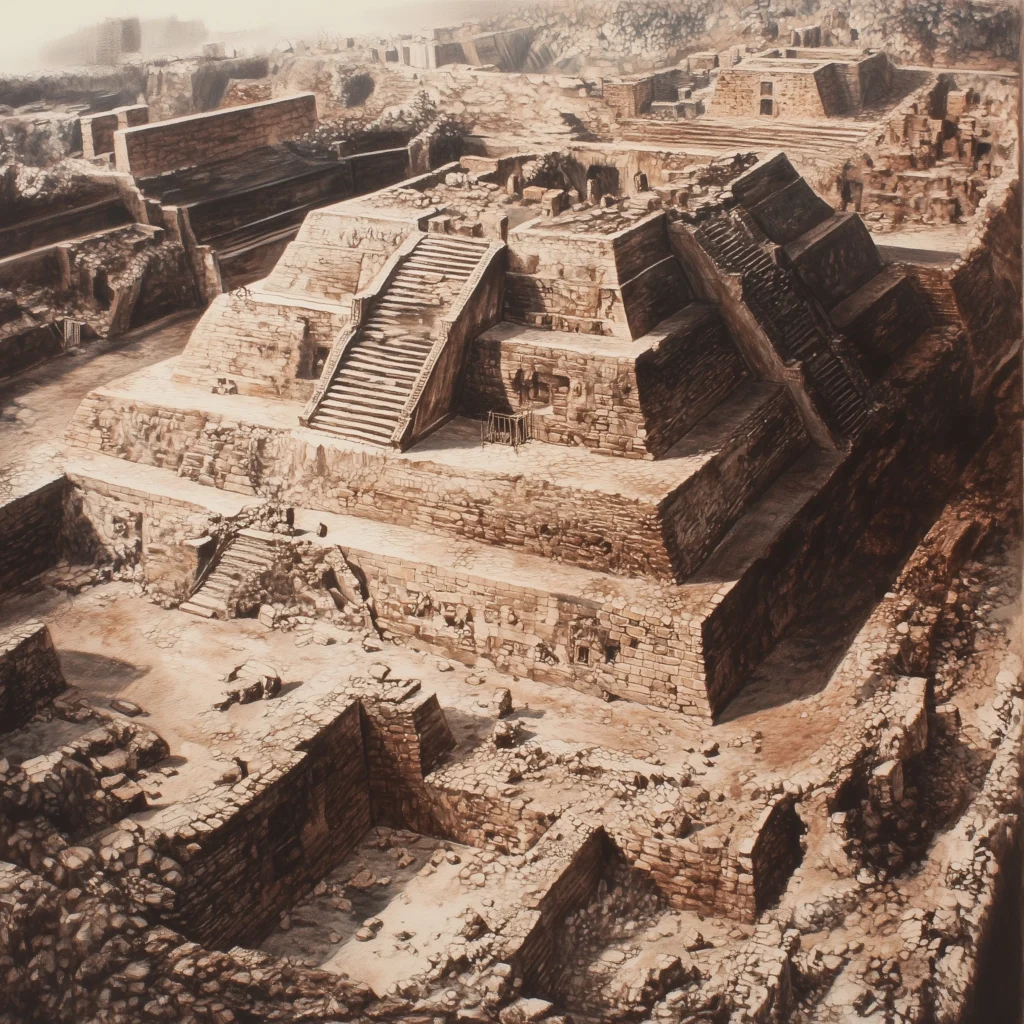
Ecology and the Edge of Collapse
The Aztec Empire rise wasn’t all smooth sailing. They pushed their land hard—deforestation, water control, the works. Ecologist Deborah Nichols says Lake Texcoco’s salinity spiked as they overworked it, hinting at cracks before Cortés showed up in 1519.
The Balancing Act
Chinampas were genius, but canals clogged, and droughts hit. A 2020 PNAS paper tracked tree rings—droughts in the 1400s stressed the system. The Aztec Empire rise thrived on control, but nature’s a tough boss.
| Stressor | Impact |
|---|---|
| Drought | Crop dips, hungry folks |
| Deforestation | Less wood, more erosion |
| Overpopulation | 200,000 mouths to feed |
Link Love: For more on pre-Columbian eco-stuff, Smithsonian’s got digs.
Why the Aztec Empire Rise Still Hits
By 1519, the Aztecs ruled 6 million people across 80,000 square miles. The Aztec Empire rise was a masterclass in grit, smarts, and a dash of crazy. Tenochtitlan’s ruins—now Mexico City—still whisper their story, and digs keep turning up gold (literally—check the 2023 Templo Mayor finds). They didn’t just rise; they redefined what an empire could be.
“The Aztecs built a world on a lake, then dared it to sink.”
—Me, after too many tacos and codices
The Big Wrap
The Aztec Empire rise is a wild ride—swamp to superpower in 200 years. Chinampas fed the machine, war and gods fueled the fire, and Tenochtitlan stood as proof they could bend nature to their will. Until the Spanish crashed the party, it was Mesoamerica’s top dog. Dig into the Olmec roots or Maya flair—they all tie back here.
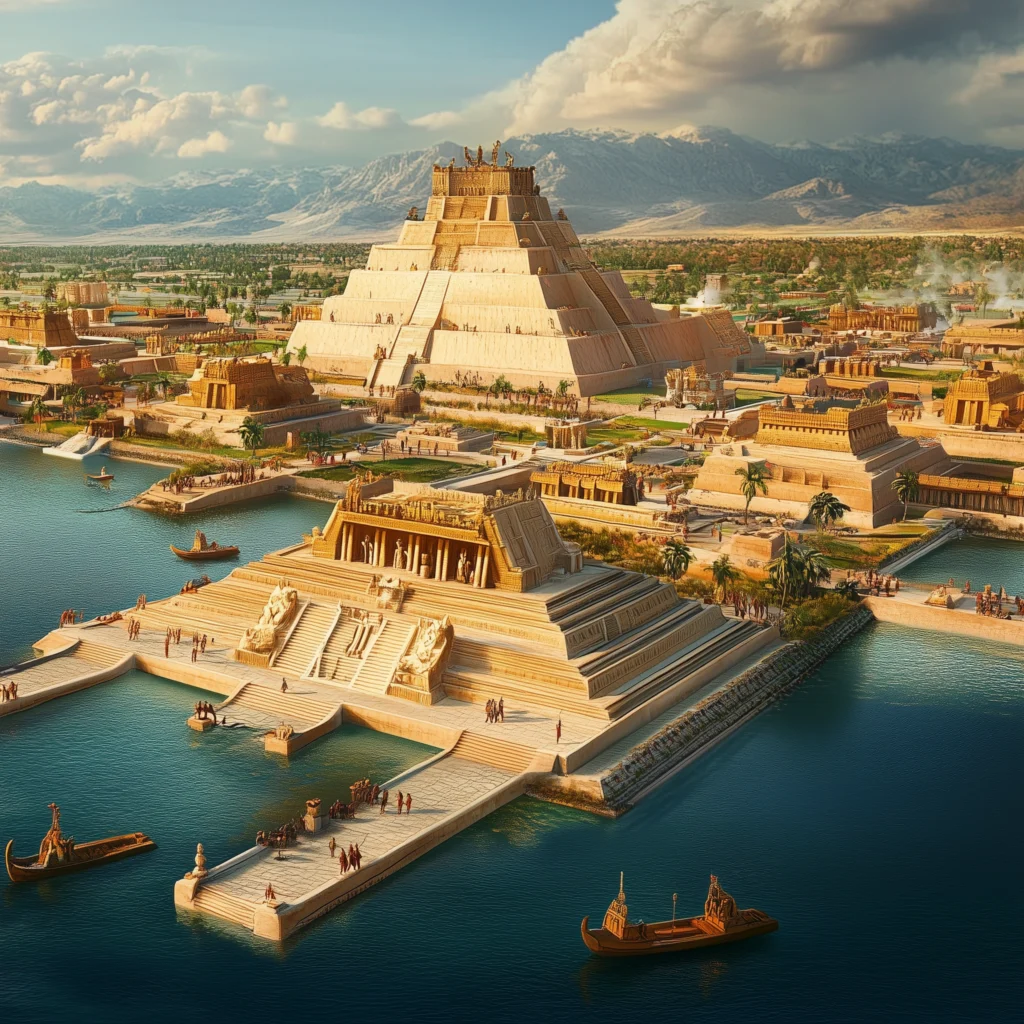
How’s this beast feel? Need more meat or tweaks? I’m game!
